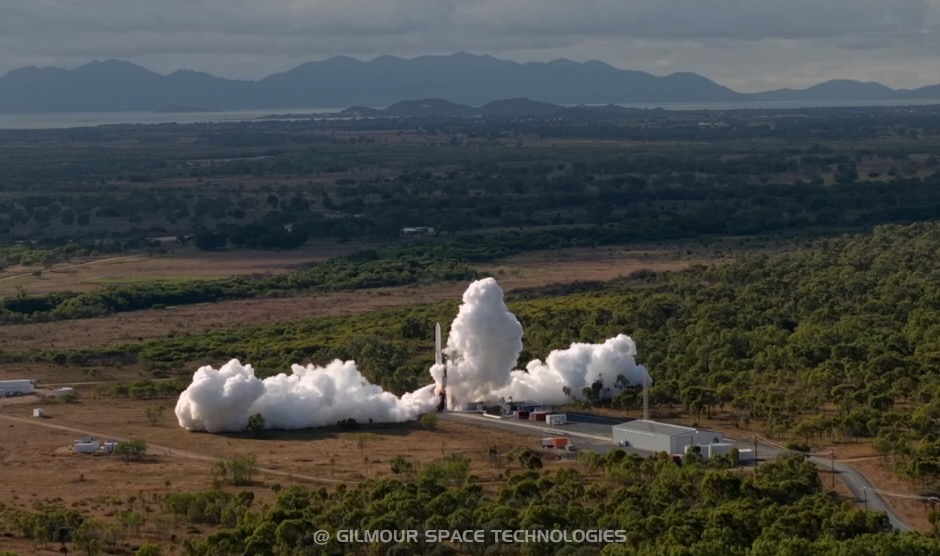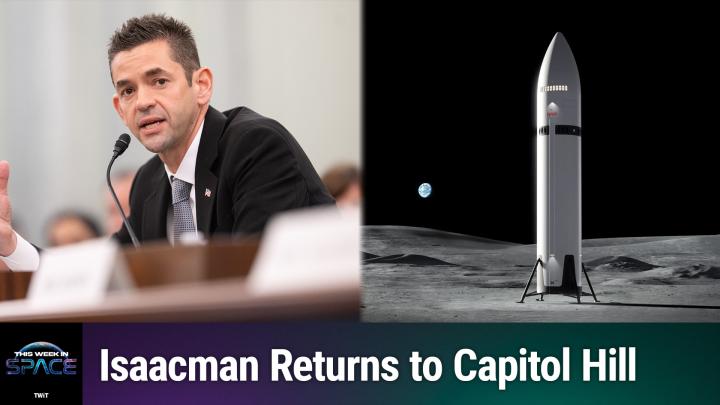Australia's Gilmour Space 'not going to give up' as it eyes 2nd orbital launch attempt in 2026

The Australian company Gilmour Space aims to make a second attempt to reach space in 2026, having turned a cow paddock into a launch pad.
Gilmour Space launched its first Eris rocket on July 29 from the Bowen Orbital Spaceport in coastal Queensland, but the rocket fell to Earth just 14 seconds after liftoff.
Despite the setback, the TestFlight1 mission laid the foundation for sovereign launch from Australian soil, according to Adam Gilmour, CEO and co-founder of Gilmour Space Technologies, speaking at the International Astronautical Congress (IAC) in Sydney, Australia, on Oct. 3.
"We had 14 seconds of flight time, 23 seconds of engine burn time. And we have obviously gotten a lot of data out of it, a lot of information, and we were pretty happy with it," Gilmour said. He added that, on average, it takes a rocket company an average of three launch attempts to get to orbit successfully.
Behind July's brief flight lay years of groundwork. The journey to the pad involved challenges and hurdles in terms of engineering, financing, regulations and licensing — including 24 different permits from Queensland, along with environmental and airspace approvals — as well as finding a location for a launch pad.
"We drove 2,000 kilometers [1,240 miles] out into the middle of Australia, into an area that I think is very similar to what the surface of Mars looks like," Gilmour said. "When we did the launch, a lot of the media said Gilmour launched a rocket in a cow paddock. I got offended — but then you go down there, and you do see cows."
Now, with infrastructure in place, and having worked with regulators, the company is plotting its return to flight for 2026.
Breaking space news, the latest updates on rocket launches, skywatching events and more!
"We are going to be launching again next year," Gilmour said. "We're going to be doing more launch attempts, so we're not going to give up."
This, he added, is the start of what could be a bright future for the Australian space sector. "I think the future looks fantastic … If you look at all the building blocks of what the country's done, we now have rules and regulations that permit orbital launches.
"I think there's at least four or five companies in Australia that have satellites operationally working in space, which is really, really good," Gilmour said. "And we are well capitalized. So I think in the next five years, you're going to see more launches out of Australia."

Andrew is a freelance space journalist with a focus on reporting on China's rapidly growing space sector. He began writing for Space.com in 2019 and writes for SpaceNews, IEEE Spectrum, National Geographic, Sky & Telescope, New Scientist and others. Andrew first caught the space bug when, as a youngster, he saw Voyager images of other worlds in our solar system for the first time. Away from space, Andrew enjoys trail running in the forests of Finland. You can follow him on Twitter @AJ_FI.
You must confirm your public display name before commenting
Please logout and then login again, you will then be prompted to enter your display name.
